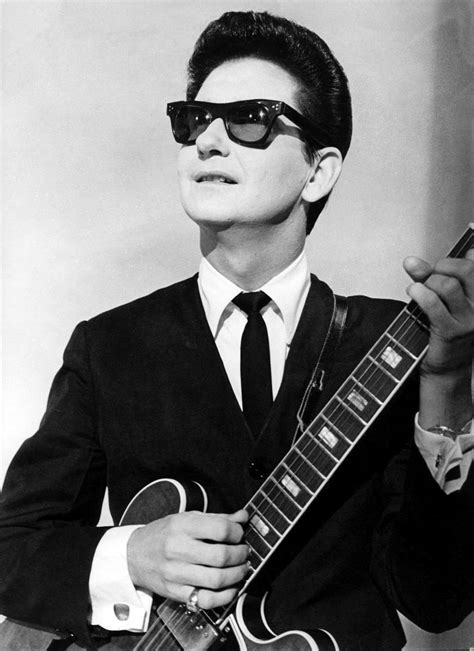
Three years ago, Brian Williams had a cameo in a live episode (West Coast version) of “30 Rock,” playing David Brinkley alongside Alec Baldwin‘s Chet Huntley. Brilliantly skewering sexism in TV news, Brinkley is baffled by the appearance of a female reporter. “Honey, you have a dynamite shape,” he says, “but you’re gonna have to shut up and let a man tell us what’s happening. Now, is your father or a policeman nearby?”
The sketch was funny, but also revealing about Williams himself. Watching him play a classic old school anchor, you realize his style on “NBC Nightly News” isn’t really that much different. Stylistically, Williams seems much closer to Walter Cronkite than, say, Anderson Cooper.
Sure, Uncle Walter never slow-jammed the news or hosted “Saturday Night Live.” But in 1975, Cronkite got plenty of laughs with a cameo on the “Mary Tyler Moore” show, dropping by the WJM newsroom and meeting anchorman Ted Baxter.
Like Cronkite before him, Williams has used his comic appearances to build on his power as an anchor, not risk damaging it. As David Carr writes today, Williams’ off-the-anchor-desk persona is as “a funny, urbane celebrity.” The cameos are carefully crafted, not off the cuff. It looks like Williams is taking risks, but he’s not.
But Brian Williams can’t slow-jam his way out of the mess he’s in, and he can’t serve up artfully written statements, hoping the power of his delivery–and a knowing smile veering ever so closely toward a smirk–will quiet the storm. His on-air apology, which might’ve done the trick in the 80’s for a Cronkite, merely spawned a trending meme at Williams’ expense, intensifying the mockery and threatening his role at NBC.
Only in a social media culture decades removed from Cronkite could Williams’ reputation have been damaged so significantly so swiftly. His critics, who reportedly got nowhere bringing their concerns over Williams’ exaggerated RPG story to NBC, turned to Facebook, where soldiers from the 2003 mission vividly called Williams out as a liar.
When Stars and Stripes broke its story on Williams, it spread with blistering speed, thanks to Twitter. For a modern anchor like Anderson Cooper, who understands the power of social media, it would be inconceivable to wait until a nightly newscast to read a prepared statement and then smile and say good night, see you back here tomorrow.
And yet, with an audience of 222,000 Twitter followers, Williams doesn’t say a word, sticking with his longstanding refusal to tweet. Compare that to Cooper, who engages his critics, large and small. In 2012, while reporting from Gaza, a woman demanded that Cooper tell a “fair story.” The CNN anchor fired right back, taking his critic apart. “Perhaps spend less time tweeting about coconut flan and more time following the news.”
Maybe it’s time Brian Williams took a risk and engaged his critics? The conversation is happening moment-by-moment on Twitter, and Williams sits it out. Years ago Jon Friedman celebrated Williams for modernizing the role of the network news anchor with his appearances on “The Daily Show” and “SNL.” But at the same time, Friedman noted that Williams mocked bloggers, saying “God love them. They are anxious to share with us their choice of a tuna sandwich for lunch.”
No, Brian, they’re eating you for lunch. But the same modern tools your critics are using to call your integrity into question are available to you as well, if, of course, you have any interest in using them.
To Survive, Brian Williams Needs to Quit Being Such an Old School Anchor









